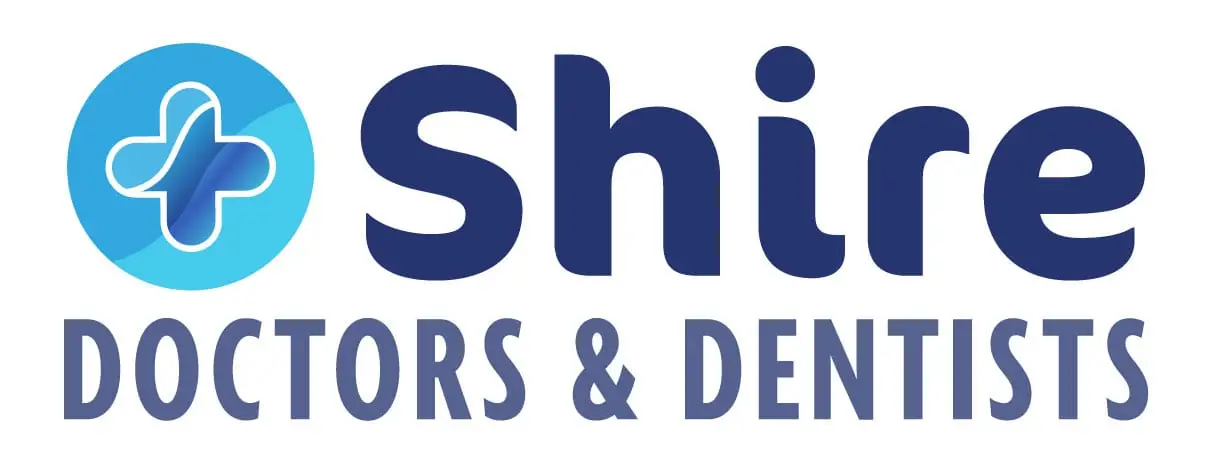Headache
At Shire Doctors and Dentists, we understand the impact that headaches can have on your daily life. Headaches are a common ailment experienced by many individuals, and finding the right treatment can make all the difference. In this article, we delve into the various types of headaches, the investigations involved in diagnosing their underlying causes, and the simple initial treatments that can provide relief.
Types of Headaches
- Headaches come in different forms, each with its own characteristics and causes. Understanding the type of headache you are experiencing is the first step towards effective treatment. Here are some common types:
- Tension Headaches: These are the most prevalent type of headache, often associated with stress or muscle tension. They are characterized by a dull, steady ache on both sides of the head.
- Migraines: Migraines are intense, recurring headaches that can cause debilitating pain, along with other symptoms such as nausea, sensitivity to light and sound, and visual disturbances.
- Cluster Headaches: Cluster headaches are severe, intense headaches that occur in cycles or clusters. They typically cause severe pain on one side of the head, often around the eye area.
- Sinus Headaches: Sinus headaches result from inflammation or infection in the sinuses and are characterized by pain and pressure in the face, particularly around the eyes, cheeks, and forehead.
Investigations for Headaches
- Determining the underlying cause of your headaches is crucial for effective treatment. At Shire Doctors and Dentists, our healthcare professionals employ various investigations to accurately diagnose your condition. These investigations may include:
- Detailed Medical History: Gathering information about the frequency, duration, location, and associated symptoms of your headaches helps us understand your unique situation.
- Physical Examination: A thorough physical examination, including a neurological assessment, can help identify any underlying factors contributing to your headaches.
- Imaging Studies: In some cases, imaging studies such as computed tomography (CT) scans or magnetic resonance imaging (MRI) may be recommended to rule out structural abnormalities or other causes.
- Sinus Headaches: Sinus headaches result from inflammation or infection in the sinuses and are characterized by pain and pressure in the face, particularly around the eyes, cheeks, and forehead.
Simple Initial Treatment
- While a comprehensive treatment plan will depend on the specific type and underlying cause of your headaches, there are simple initial treatments that can provide relief for many individuals. These include:
- Lifestyle Modifications: Identifying and addressing triggers such as stress, poor posture, lack of sleep, or specific foods can help reduce the frequency and intensity of headaches.
- Over-the-Counter Pain Relievers: Non-prescription pain relievers such as paracetamol, ibuprofen, or aspirin can offer relief for mild to moderate headaches.
- Heat or Cold Therapy: Applying a heat pack or cold compress to the affected area may help alleviate headache pain. Experiment with both options to find what works best for you.
- Rest and Relaxation: Taking breaks, practicing relaxation techniques, and ensuring sufficient rest can help reduce headache intensity and frequency.
When to Seek Medical Attention
- While initial treatment options can provide relief for many headaches, it's important to recognize situations that warrant medical attention. Contact Shire Doctors and Dentists if:
- Headaches become severe or frequent without a known cause.
- Headaches are accompanied by neurological symptoms such as weakness, vision changes, or difficulty speaking.
- Headaches follow head trauma or injury.
- Headaches interfere significantly with daily activities and quality of life.
Thunder Headaches
In addition to the previously mentioned types of headaches, it’s important to highlight another rare but significant subtype known as thunder headaches. Thunder headaches, also referred to as thunderclap headaches, are severe and sudden headaches that reach their peak intensity within 60 seconds. These headaches can be extremely alarming due to their rapid onset and intense pain. Thunder headaches may be indicative of underlying serious conditions such as subarachnoid hemorrhage (SAH) or other vascular disorders, necessitating prompt medical attention.
Risk of Subarachnoid Hemorrhage (SAH)
SAH is a medical emergency that occurs when there is bleeding into the space between the brain and the surrounding membranes. Although rare, it can be life-threatening. Thunder headaches are often associated with SAH and should not be ignored. Other symptoms that may accompany SAH include a sudden, severe headache, neck stiffness, nausea, vomiting, and loss of consciousness.
If you or someone you know experiences a thunder headache or a sudden, severe headache that is unlike any previous headache, it is crucial to seek immediate medical attention. SAH requires urgent evaluation and treatment to prevent further complications.
Find Relief at Shire Doctors and Dentists
At Shire Doctors and Dentists, our experienced healthcare professionals are committed to helping you find the causes of your symptoms and relief from headaches. We provide comprehensive care, tailored treatment plans, and a compassionate approach to ensure your well-being. Contact us today to schedule a consultation and take the first step towards a life free from headaches.

Looking for a local GP to discuss your health conditions in the Shire?
Our experienced GPs at Shire Doctors and Dentists help you to manage your chronic headache. We take the time to assess your symptoms and use our experience and knowledge to assist you feeling good again.
Call 02 9063 8650 to book your GP consultation.


